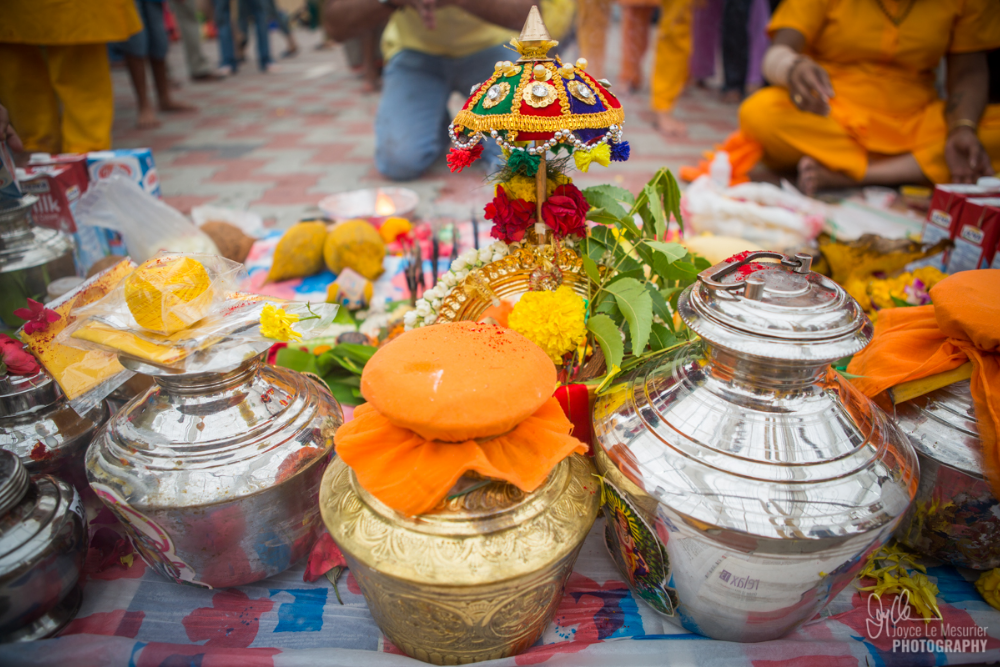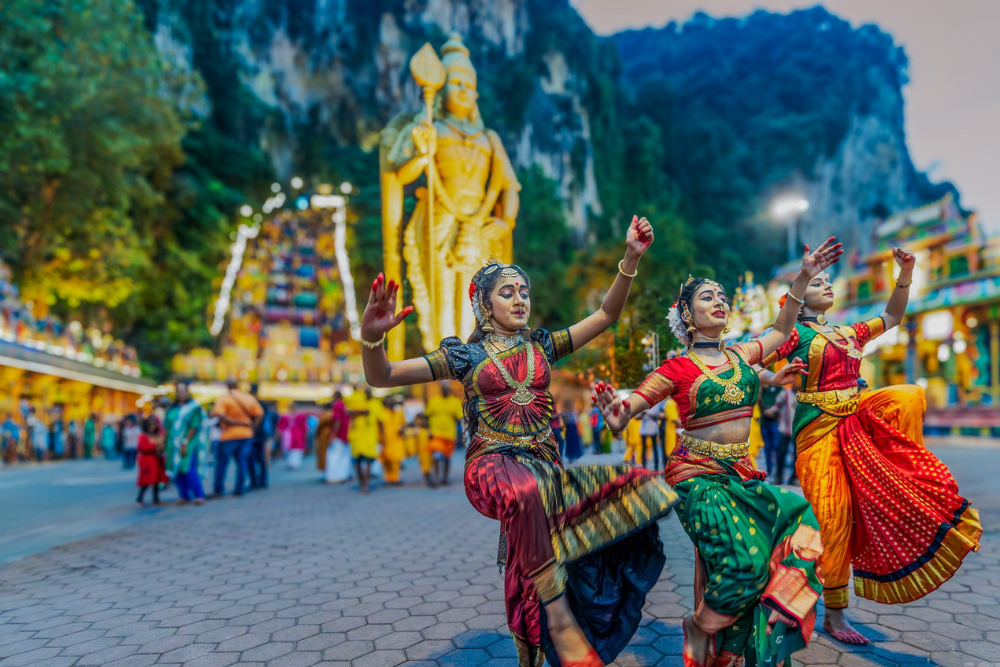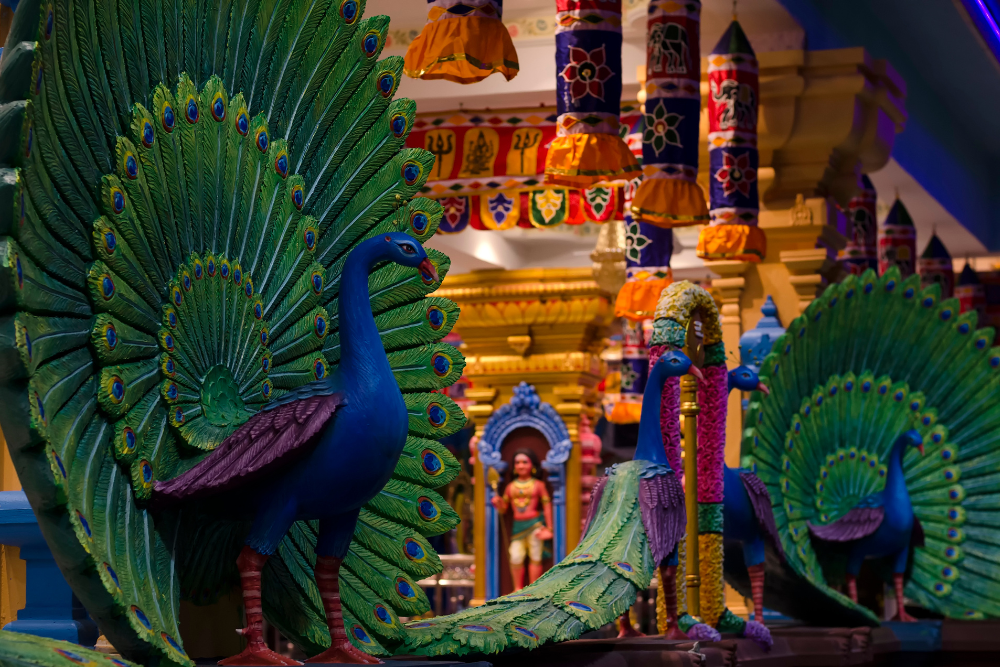Thaipusam is one of the most vibrant and culturally significant festivals in Malaysia, celebrated by the Tamil Hindu community with intense devotion and fervor. The festival, dedicated to Lord Murugan, the Hindu god of war and victory, holds great religious, cultural, and social significance. Celebrated primarily in Malaysia, as well as in India, Sri Lanka, and other countries with significant Tamil populations, Thaipusam marks a time of spiritual purification, penance, and thanksgiving.
Thaipusam in Malaysia, especially at iconic sites like Batu Caves in Kuala Lumpur, is not only a profound religious event but also an extraordinary spectacle that draws millions of visitors each year. In this article, we will explore the history, significance, rituals, and celebrations of Thaipusam in Malaysia.
The Origins of Thaipusam
Thaipusam is a festival that has its roots in Tamil Hindu traditions and is primarily dedicated to Lord Murugan, the son of Lord Shiva and Goddess Parvati. The name “Thaipusam” comes from the Tamil month “Thai” (which corresponds to January/February) and the star “Pusam,” which is believed to be in its most powerful position during this period.
The mythological significance of Thaipusam stems from the story of Lord Murugan’s battle against the demon king Soorapadman. According to the legend, Murugan, a youthful and brave god, was given a powerful weapon called the Vel (a spear) by his mother Parvati. With this weapon, Murugan defeated the demon Soorapadman, restoring peace and order. Thaipusam, therefore, symbolizes Murugan’s victory over evil, and it is a time to commemorate the triumph of good over evil.
For devotees, Thaipusam is not only a celebration of this mythological event but also an opportunity for personal reflection, repentance, and seeking divine blessings from Lord Murugan.
Thaipusam in Malaysia: A Unique Celebration
In Malaysia, Thaipusam has grown into one of the largest and most important Hindu festivals, particularly in areas with a large Tamil population. The two most significant locations for Thaipusam celebrations are Batu Caves in Kuala Lumpur and Ipoh in Perak. These locations see hundreds of thousands of devotees taking part in the procession and rituals.
Batu Caves: The Epicenter of Thaipusam Celebrations
Batu Caves, a limestone hill with a series of caves and a Hindu temple dedicated to Lord Murugan, is the focal point for Thaipusam in Malaysia. Located just outside Kuala Lumpur, Batu Caves attracts millions of pilgrims every year. The journey to Batu Caves is symbolic of the spiritual pilgrimage that devotees undertake to seek blessings from Lord Murugan.
The Batu Caves temple complex, perched atop 272 steps, is an important religious and cultural landmark. The annual Thaipusam procession begins early in the morning, with devotees carrying offerings and the iconic kavadi (burdens) as they make their way to the caves. The ascent to the temple, barefoot and sometimes in a trance-like state, signifies a form of penance and devotion.
In addition to Batu Caves, Thaipusam is celebrated in other parts of Malaysia, such as Penang and Ipoh, with unique rituals and processions in each location. However, Batu Caves remains the heart of the celebration due to its cultural and religious significance.
The Rituals and Observances of Thaipusam
Thaipusam is a festival filled with elaborate rituals and acts of devotion. The observance of the festival is both personal and communal, and it involves several distinct stages.
1. Preparation: Fasting and Penance
In the days leading up to Thaipusam, many devotees begin preparing themselves spiritually by fasting, abstaining from food, water, and other indulgences. This period of fasting is meant to purify the body and mind, creating a stronger connection to Lord Murugan. For some devotees, the fasting and self-discipline are part of a vow or promise they have made to Lord Murugan.
During this time, devotees also engage in prayer, chanting, and meditation to strengthen their faith and to prepare for the physical demands of the festival. The rituals are often performed with the intention of seeking divine blessings, guidance, or the fulfillment of personal wishes.
2. The Kavadi: The Burden of Devotion
One of the most iconic and visually striking elements of Thaipusam is the kavadi—a physical burden carried by devotees as a form of penance and offering. The kavadi can range from a simple structure to elaborate, large, and heavy designs adorned with flowers, peacock feathers, and spikes. The kavadi is carried on the shoulders of devotees, symbolizing the weight of their vows, sacrifices, and devotion to Lord Murugan.
The kavadi bearers are often seen as symbols of great devotion, as carrying the heavy kavadi is physically demanding and requires significant mental and spiritual strength. In some cases, devotees also engage in extreme acts of self-mortification, such as piercing their bodies with hooks, skewers, or rods. This practice is meant to demonstrate the devotee’s dedication to Lord Murugan and is seen as a way of purifying the body and soul. However, not all participants practice self-mortification, and the kavadi itself is a central symbol of the festival.
3. The Procession: A Spiritual Journey
The highlight of Thaipusam is the grand procession, which takes place on the day of the festival. In Kuala Lumpur, devotees start the procession at the Sri Mahamariamman Temple in the city center and make their way to the Batu Caves, a distance of several kilometers. The procession is an awe-inspiring sight, with devotees chanting prayers, singing hymns, and offering flowers and fruits to Lord Murugan.
The kavadi bearers, along with other devotees, walk barefoot, some in a trance-like state, while others carry offerings to the deity. The atmosphere is electric, filled with the sounds of traditional music, the beat of drums, and the aroma of incense. The procession can take hours, and it requires devotion, strength, and endurance. The sight of the kavadi bearers walking with their heavy burdens is a testament to their faith and commitment.
4. Climbing the Steps to Batu Caves
The culmination of the Thaipusam ritual is the climb to the Batu Caves temple, which involves ascending 272 steps. This is often a physically taxing challenge, especially for the kavadi bearers, who carry their burdens up the steps. However, it is a deeply spiritual act, symbolizing the devotee’s journey toward divine grace and spiritual fulfillment.
At the top of the steps, devotees offer their prayers and fulfill their vows by making offerings to Lord Murugan at the temple. The act of offering the kavadi is seen as a way of expressing gratitude for the blessings received and asking for further protection and guidance.
Thaipusam and the Cultural Significance in Malaysia
While Thaipusam is a deeply religious festival, it is also a time for social cohesion and cultural expression. The festival brings together people from all walks of life, from devout Hindus to curious onlookers, who come to witness the celebration and participate in the festivities. The sense of community and solidarity is palpable, with families and friends gathering to celebrate together.
The festival also highlights Malaysia’s multicultural and multiethnic society, with Malaysians of different backgrounds coming together to observe or participate in the event. Thaipusam in Malaysia has become an important symbol of Hindu religious and cultural heritage, and it attracts tourists from all over the world who wish to experience this unique and vibrant celebration.
Conclusion
Thaipusam is a powerful and awe-inspiring festival that combines spirituality, devotion, and cultural heritage. In Malaysia, the festival holds a special place in the hearts of millions, providing a platform for both personal reflection and communal unity. Whether through the elaborate rituals of the kavadi, the grand procession to Batu Caves, or the sense of spiritual renewal, Thaipusam remains a key event in the Malaysian religious calendar.
The festival’s significance goes beyond religious devotion; it is a celebration of faith, endurance, and the triumph of good over evil, making it one of Malaysia’s most profound and visually striking cultural events. Through its rich traditions and vibrant celebrations, Thaipusam continues to play an essential role in preserving Malaysia’s diverse cultural and religious heritage.












